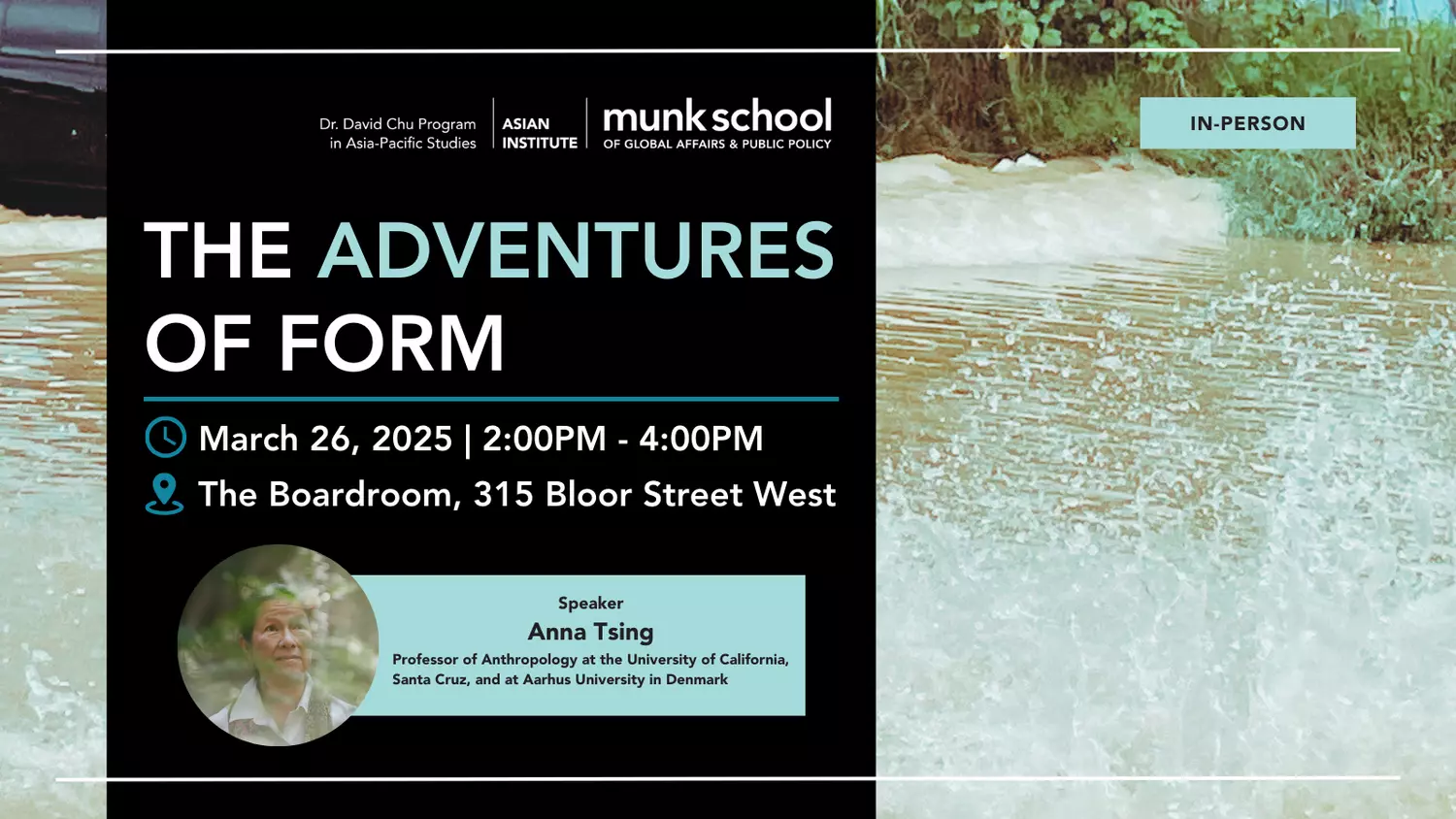China’s massive military expansion is fuelling fear and suspicion because of Beijing’s longstanding secrecy and reluctance to explain the purpose of its unprecedented military preparations during peacetime.
China has stonewalled American requests to provide the reason for its gigantic military build-up. It is in US interests that its diplomacy should continue to engage China in new and innovative ways to avoid a terrible outcome.
Authoritative sources are warning about a US-China war that would quickly become a global war and destroy the world economy.
The two countries have fought conventional battles during the Korean War in 1950, and they reached the brink of nuclear war in 1958.
Chinese national news agency Xinhua believes a US-China war is “inevitable.” Russia’s Pravda newspaper argues that the two nations are heading towards military conflict.
In June 2015, Xinhua commented that prospects of peaceful coexistence between China and the US were gloomy.
“The situation has many people pondering how the two countries can avoid ‘Thucydides trap’ – the notion an established power becomes so anxious about the rise of a new power that a struggle leading to war becomes inevitable.”
Pravda sees alarming signs that the US and China are moving towards war: most worryingly, China’s recent military exercises simulated an attack against Taiwan.
“Since the US is committed to protecting Taiwan, a real conflict of this nature would almost certainly involve the United States” Pravda predicted.
The US, moreover, describes Chinese theft of digital information of 14 million US federal workers as “an act of war.”
China’s military preparations are clearly intended for war, such as converting thousands of merchant ships for military purposes, and developing a cluster of lethal weapons: a “carrier killer” missile specifically to destroy US aircraft carriers, new hypersonic glide vehicles capable of striking the US with nuclear warheads, and stealthy submarines armed with ballistic missiles.
US Admiral William Gortney believes the stealthy submarines are a “concern” and will be able to strike the US when fully deployed with missiles. Chinese Lieutenant General Zhong Zhiming has warned that after China builds its forces, “then no enemy will dare to bully us.”
At a time when the US military is shrinking, Chinese military spending is increasing each year. China boosted its military budget by 10 per cent this year to more than US$141 billion, registering double digit growth even though China’s crisis-ridden economy is now growing in single digits.
China’s announcement in September 2015 that it would cut its military troops by 300,000, or 13 per cent, will fail to reassure the US and its allies because China is simply redirecting its spending to higher impact military technologies with greater power to destroy enemy forces.
Despite mammoth Chinese build up, the US is still the undisputed global military power with a defense budget of more than US$598 billion in 2015, which is more than the combined military spending of China, Russia, Saudi Arabia, France, Britain, India and Germany.
Concerned by Chinese military preparations, the US Navy has been conducting military exercises that simulate war with China. The BBC recently reported: “The US Navy has not assembled two whole carrier battle groups and 200 aircraft off the coast of Guam for a jolly, either. This is about practising what the Pentagon now calls ‘Air Sea Battle.’ It is a concept first put forward in 2009, and it is specifically designed to counter the rising threat from China.”
US officials worry about China’s refusal to explain its colossal military build-up. Former US Defense Secretary Robert Gates commented during a January 2011 trip to Beijing that Washington was willing to share a substantial amount of military information with China, in order to “reduce the chances of miscommunication, misunderstanding or miscalculation.”
The Chinese leadership, however, adopts secrecy as a strategy of confusing its adversaries, and has evaded repeated requests from US officials to talk about important military issues.
At a November 2014 news conference in Beijing, Chinese President Xi Jinping and US President Barack Obama agreed to inform each other before major military activities, and to develop a code of conduct to avoid military confrontations in Asia.
Former US Secretary of State Henry Kissinger’s 2011 book, On China, warns of a massive Chinese-American war. “Does history repeat itself?” he asks.
Recent history shows that the US and China fought all-out war in 1950 when US General Douglas MacArthur battled Chinese forces along the China-North Korea border.
In another dangerous move, on August 23, 1958 China began bombarding Taiwan’s Quemoy and Matsu islands, located across the sea from Taiwan. By the provocative bombing, Chinese Communist Party Chairman Mao Zedong drew both the US into military brinkmanship.
The US unnecessarily escalated the crisis by threatening use of nuclear weapons because China had yet to become a nuclear power. President Dwight D. Eisenhower’s brinkmanship was crafted to ensure victory in the crisis.
Rather than defusing the crisis, Eisenhower’s threat of nuclear weapons and plans to blockade China’s coast carried the US to the nuclear brink over insignificant islands and spurred China to develop a nuclear programme.
Mao commented to his officials: “The islands are two batons that keep Khrushchev and Eisenhower dancing.”
Soviet leader Nikita Khrushchev could have helped China during the crisis, if the Chinese had coordinated their actions with Moscow. Mao’s bravado struck Khrushchev as irresponsible, and it interfered with Khrushchev’s efforts to achieve rapprochement with the US.
When Khrushchev arrived in China in October 1959 following his triumphant trip to the US one month earlier where he had excellent meetings with Eisenhower, he believed he was coming to Beijing in glory. The Chinese leaders, however, blamed Khrushchev for accommodating the US at Chinese expense. Khrushchev lost his temper during his meeting with Mao, and the occasion saw angry exchanges.
Thereafter, the US refused to acknowledge China and isolated Beijing. The US built military bases in a chain of countries surrounding China.
China is currently determined to continue massive military expansion without explaining its intentions. If China continues to stonewall US queries about the purpose of its military build-up, it will escalate mistrust and spark eventual confrontation.
Now more than ever, the US needs closer military integration with its allies such as Japan, India, and ASEAN to provide a collective response to Chinese war preparations.
This article was first published in The Business Times (Singapore) on September 18, 2015. The content of this article does not represent the positions or opinions of the Synergy Editorial Committee. Please address all scholarly concerns directly to the contributor(s) of the article.
Dr. Harish Mehta is a historian specializing in American foreign relations. He has written three books on Cambodia, and his articles have appeared in the journals Diplomatic History, The Historian, Peace and Change, History Compass, and H-Diplo. He has taught at University of Toronto, McMaster University, and Trent University.








